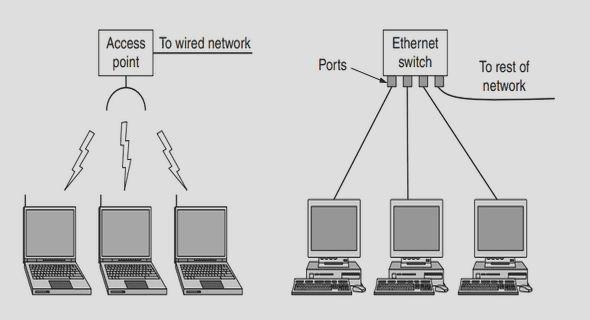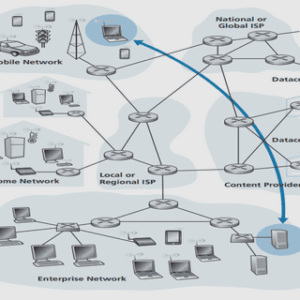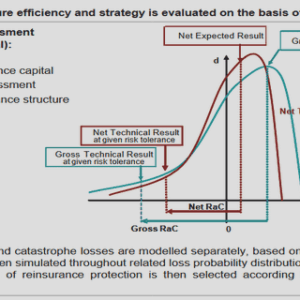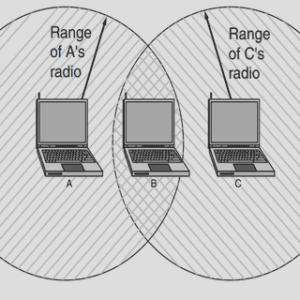(Downloads - 0)
For more info about our services contact : help@bestpfe.com
Table of contents
GENERAL INTRODUCTION
CHAPTER 1: LI-ION BATTERY; PRESENTATION, OPERATION, FAST-CHARGING AND AGEING
1. Battery technologies and application
2. Li-ion Batteries
2.1. Principle of operation
2.2. Negative Electrode
2.3. Positive Electrode
2.4. Electrolyte
2.5. Separator and collector
3. State of the art of fast charge
3.1. Standard charging method
3.2. Fast charging methods
3.3. Ohmic-drop compensation fast charging method
4. Lithium-ion battery ageing
5. Conclusion
6. References
CHAPTER 2: EXPERIMENTAL SETUP, MATERIALS, EQUIPMENT AND BATTERY CHARACTERIZATIONS
1. Introduction
2. Lithium battery
2.1. Lithium iron phosphate battery, C/LFP
2.2. Nickel manganese cobalt oxide battery, C/NMC
2.3. Lithium titanate oxide – lithium iron phosphate battery, LTO/LFP
3. Battery test bench, characterization and charging methods
3.1. Test bench
3.2. Charging and discharging protocols
3.3. Battery characterizations
3.3.1. Internal resistance
3.3.2. State Of Charge, SOC
3.3.3. State Of Health, SOH
3.3.4. Energy and coulombic efficiencies
4. The ventilation test bench: Conception of the air canal
4.1. Air canal characteristics
4.2. Air flow measurements
4.3. Determination of heat transfer coefficient by forced convection
5. Determination of heat capacity of C/LFP and the heat transfer coefficient inside climatic chamber
6. Post-mortem analysis methodology
6.1. X-ray tomography
6.2. SEM Analysis
6.3. Gaseous Chromatography analysis
6.4. Electrochemical characterization with coin cell
7. References
CHAPTER 3: FAST-CHARGING OF LI-ION BATTERIES
1. Introduction
2. Fast charge process for C/LFP battery
2.1. Fast charge of the battery with normal method
2.2. Fast charge process of the C/LFP battery with ODC
2.2.1. High level ODC
2.2.2 Influence of the compensation rate
2.3. Temperature and thermal effect during fast charge of C/LFP Battery
2.3.1. Fast charge of C/LFP battery with normal method
2.3.2. Fast charge of C/LFP battery with ODC method
2.3.3. Ventilation system effect
3. Fast charge of C/NMC battery with ODC method
4. Fast charge of LTO/LFP battery with ODC method
5. Comparison of the three batteries
6. Conclusions
7. Reference
CHAPTER 4: C/LFP LI-ION BATTERY THERMAL MODELLING
1. Introduction
2. C/LFP Li-ion battery thermal model description
2.1 Battery Description
2.2 Development of the thermal model
2.2.1 Heat sources in Li-ion battery during charge
2.3 Determination of the model parameters
2.3.1. Reversible heat source
2.3.2. Irreversible heat source
3. 0D thermal model of Li-ion battery
3.1. Thermal model description
3.2. Simulation results and validation
4. “3D” thermal model of Li-ion battery
4.1. 2D axi-symmetric battery model
4.2. Sensibility analysis of the thermal conductivity
4.3. Simulation of internal gradient of temperature
4.4. Influence of the ambient temperature
4.5. Influence of the battery cooling
5. Conclusion
6. References:
CHAPTER 5: AGEING STUDY OF C/LFP BATTERY
1. Introduction
2. Cycling ageing
3. Characterization of the aged LFP batteries
3.1. X-Ray tomography photographs of batteries
3.2. Internal visual inspection of the batteries
4. Post-mortem electrochemical characterisation
5. Post-mortem analysis of the electrolyte by GC-MS
6. Conclusion
7. References
GENERAL CONCLUSION



